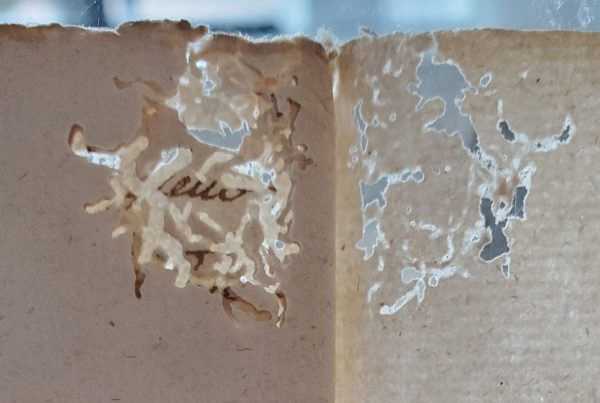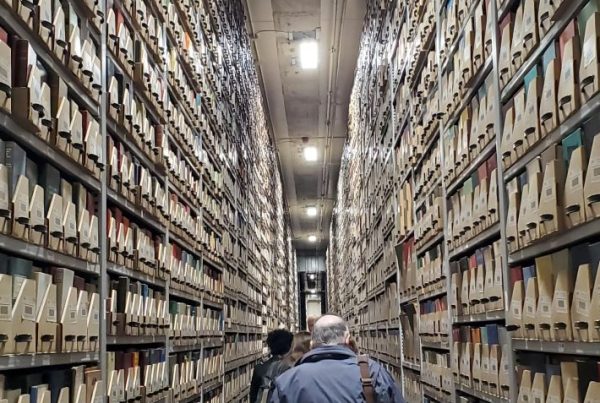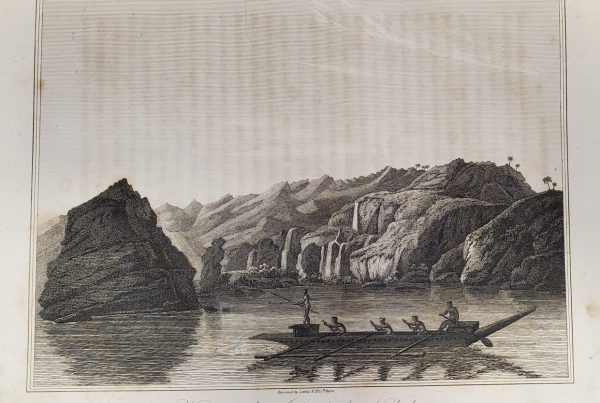By Anne Good, Assistant Curator
In May I happened to read an article on the University of Minnesota News and Events page: “U of M Researchers map the genome of the world’s grumpiest cat.” The cat in question here is not the Grumpy Cat of internet fame, but instead the Pallas Cat (aka otocolobus manul or, in the 18th century, felis manul).
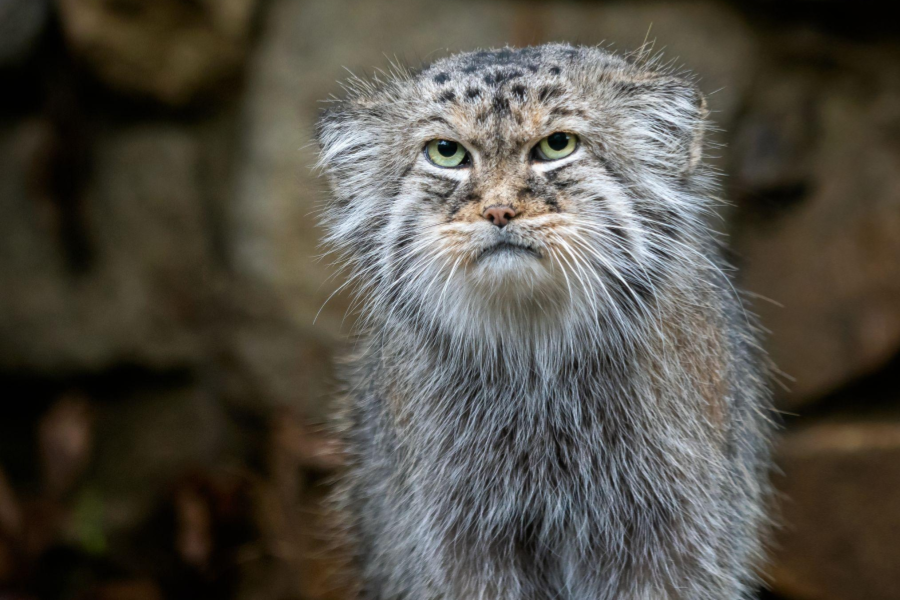
I was immediately reminded of the fact that this cat bears the name of one of the travelers significantly represented in the Bell collection: Peter Simon Pallas (1741-1811). A quick catalogue search reveals at least 22 items. Two of these items are collections of manuscript letters written by Pallas, the others are various books, editions, and translations of Pallas’s accounts of his journeys through the Russian lands in the late 18th century. Many of these editions are lavishly illustrated and several are hand-colored as well. The Bell holds this rich set of materials due to the acumen of former curator Carol Urness, whose particular academic interest was the early modern exploration of the Russian territories (broadly defined). It is all fascinating material.
Born in Berlin, Pallas studied natural history at various European universities before being invited to Russia by Catherine the Great to take up a post with the St. Petersburg Academy of Sciences when he was just 26 years old. He was to be a professor of natural history and in charge of building up the Kunstkamera (or Cabinet of Natural History). Between 1767 and 1774, Pallas traveled extensively through central, western, and northern parts of the Russian territories. He collected all kinds of things: geological specimens, plants, animals, descriptions of languages, and ethnographic reports on all of the peoples he met.
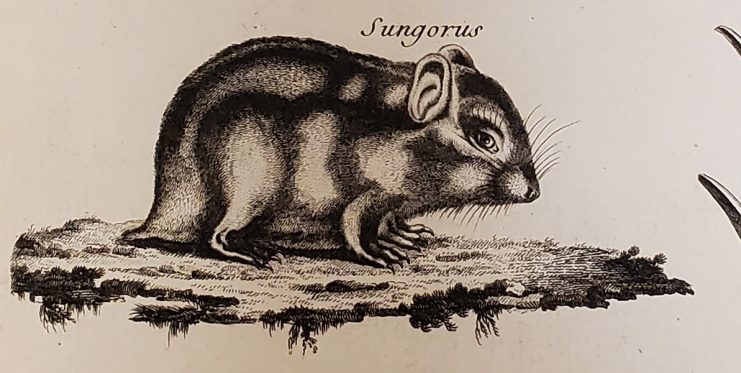
Siberian Hamster, described in Pallas’s Voyages (Paris, 1793). Bell Call # 1788 fPa.
After his return from these travels, he lived in St. Petersburg for much of the time until 1793. His first major work was a 3-volume account of his travels, Reise durch verschiedene Provinzen des russischen Reichs [“Journey through various provinces of the Russian kingdom”] (St. Petersburg, 1771; Bell Call # 1771 Pa and 1771 Pa1). This book was translated and reprinted several times. During this time, Pallas became a favorite of Catherine II, taught at the academy, studied Russian flora (especially), became interested in the origins of world languages, wrote and published, and tried to plan another expedition. He finally got his wish in 1793, when he was able to travel into the southern Russian territories, including visiting the Crimea.
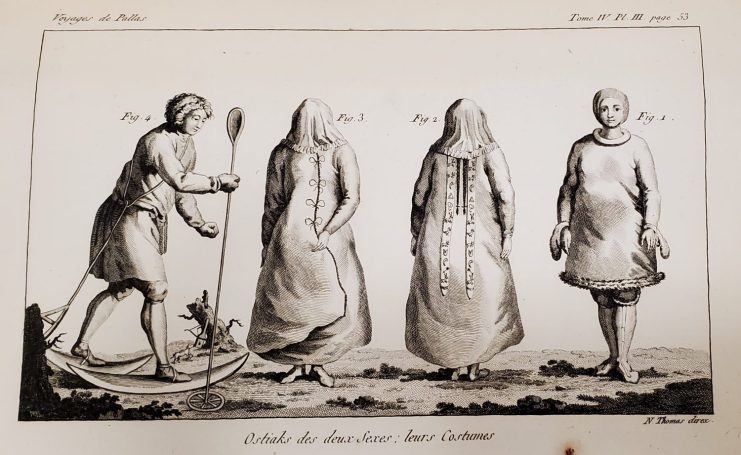
Ethnographic image of “Ostyak” people of Siberia, showing attire and ski-shoes. From Voyages de M.P.S. Pallas (Paris, 1793). Bell Call # 1788 fPa.
Upon his return to St. Petersburg, he published the 2-volume account: Bemerkungen auf einer Reise in die südlichen Statthalterschaften des Russischen Reichs in den Jahren 1793 und 1794 : mit colorirten Kupfern [“Observations made during a journey to the southern states of the Russian kingdom in the years 1793 and 1794, with colored copperplates”] (Leipzig, 1799) [Bell Call # 1799 Pa]. This book too was translated into the major European languages and republished several times – an 18th-century best-seller! As a reward for his services, Catherine II granted Pallas a large estate in Simferopol in the Crimea, and he lived there until 1810. In that year his second wife died, and Pallas requested permission to return to Berlin, ostensibly to hurry along the artist who was illustrating his great work on the animals of Russia.
This brings us back to the Pallas cat! Various editions of Pallas’s second travel account (to the southern regions of Russia) include a cool image of a single cat. I had assumed that this was a rendition of the feline that became known as the Pallas Cat, and had never taken the time to actually read the description in the book! In fact, the description tells us that this was a semi-domesticated/semi-feral cat, perhaps with vaguely Siamese markings, that Pallas observed on the estate of one of his friends in Mokshan in the Penza territory. Pallas thought that it was a cross between a wild cat and a farm cat, and perhaps got close enough to pet it, since he describes the fur as being softer than that of the common cat.
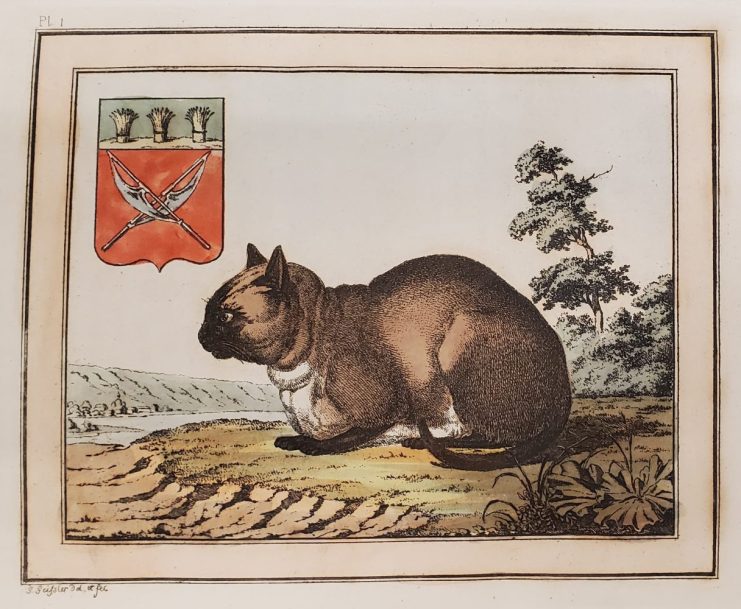
Fully colored engraving of the hybrid cat (here looking very Siamese), from Travels through the southern provinces of the Russian Empire, in the years 1793 and 1794, vol. 1 (London, 1802-1803). Bell Call # 1802 Pal.
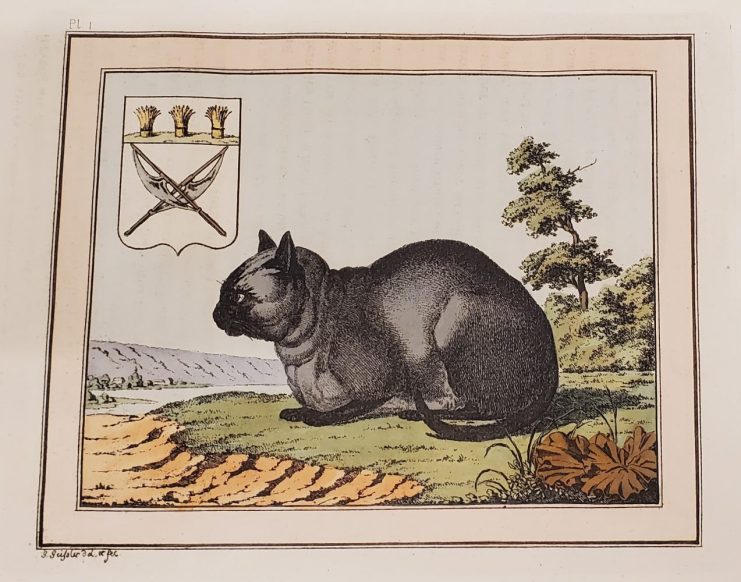
Another image of the cat, with slightly different coloration, from Travels through the southern provinces of the Russian Empire, in the years 1793 and 1794, vol. 1 (London, 1812; 2nd edition). Bell Call # 1812 fPa.
It’s a great picture of a cat, though it was very disappointing to find out that it is not a Pallas Cat after all! To find a rendition of an actual Pallas Cat from the works of Peter Simon Pallas, I had to pay a visit to my wonderful colleagues at the Wangensteen Historical Library of Biology and Medicine on the East Bank of the campus. The Wangensteen’s collection includes at least 12 Pallas-related items, focused on his research into the flora, fauna, and minerals of the Russian lands. Among these is the 3-volume study: Zoographia Rosso-Asiatica : sistens omnium animalium in extenso imperio Rossico et adjacentibus maribus observatorum recensionem, domicilia, mores et descriptiones, anatomen atque icones plurimorum [Call # Folio 591.947 P177]. These volumes were completed shortly before Pallas’s death in Berlin in 1811, but they were only published in St. Petersburg, in 1831.
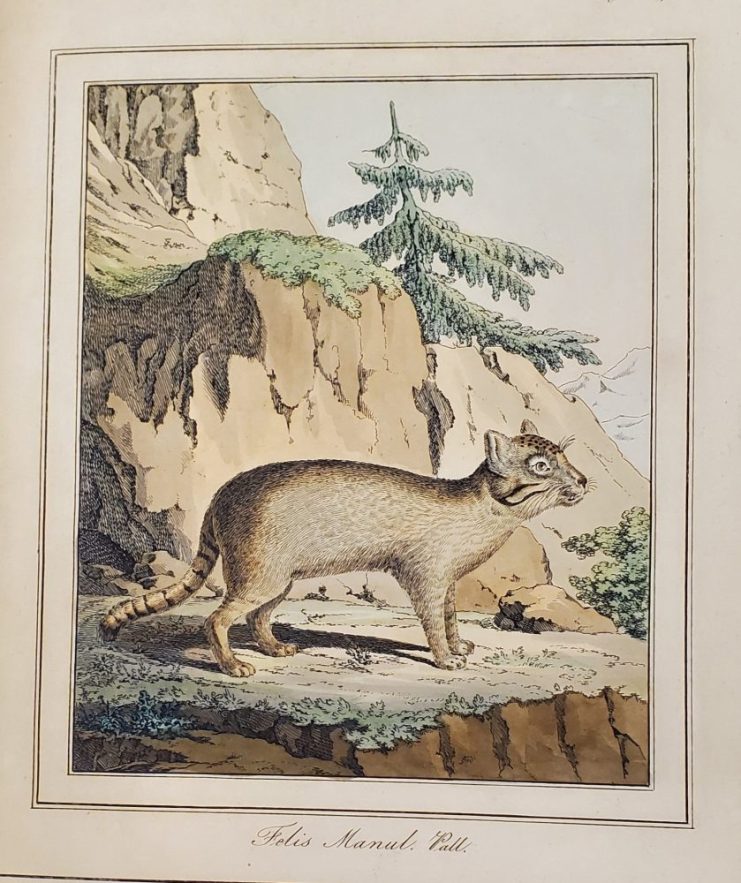
“Felis Manul” (aka Pallas Cat) in the Zoographia Rosso-Asiatica, 1 of 3 vols. (St. Petersburg, 1831).
The very first image in the volume of plates (images) that accompanies the textual descriptions is of the felis manul, or Pallas cat. Rather interestingly, this rendition is actually not particularly “accurate” either. The person who colored the image did okay capturing the cat’s markings, but the engraver has the ears and fur mostly wrong.
In addition to this magnificent feline, Pallas contributed his name to several other species of plants and animals that he described during the course of his journeys through the Russian lands. The Bell and Wangensteen collections provide rich opportunities for studying Pallas, his writings, his milieu – and his cats!


